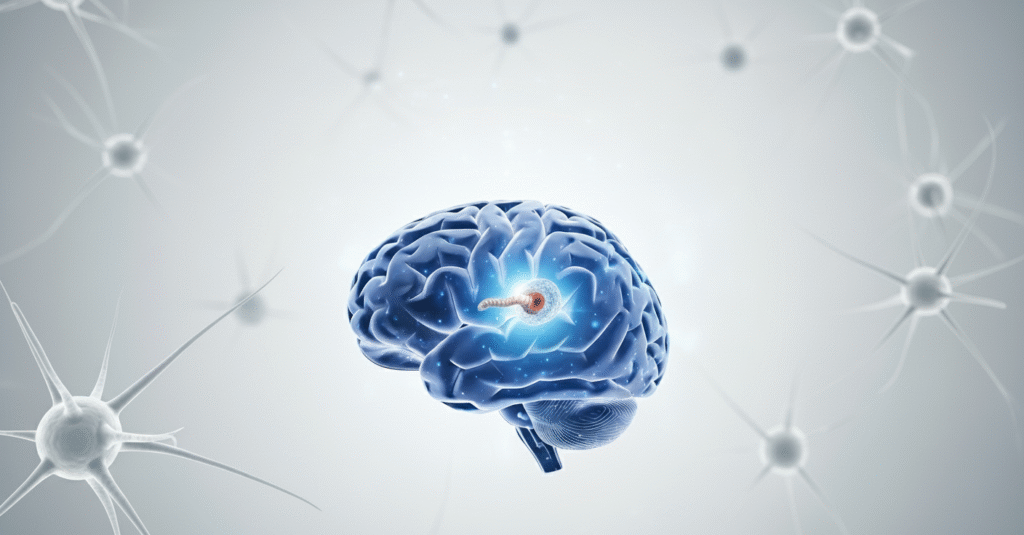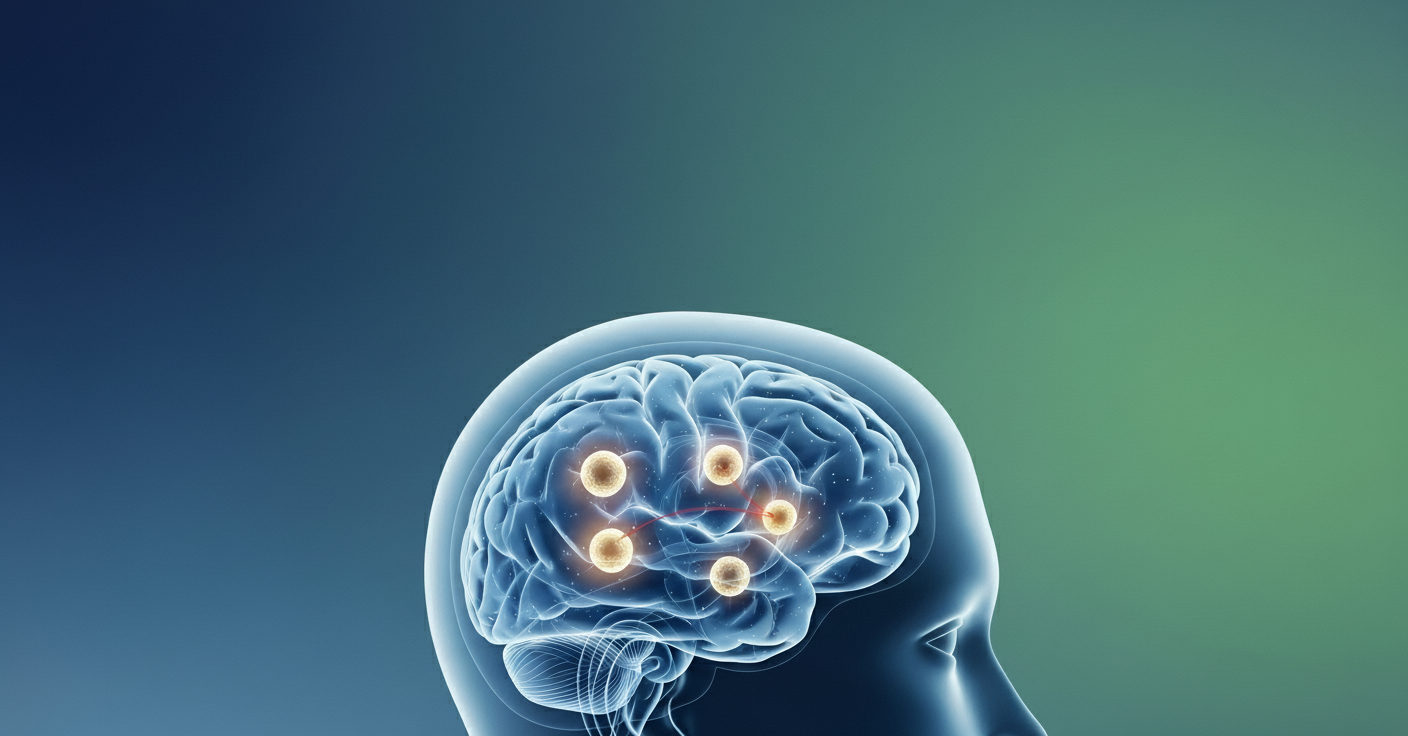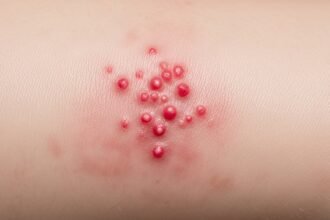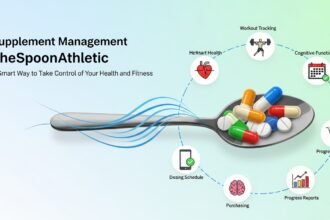Neurocysticercosis may look like a big word, but it describes a very real health condition that affects the brain. It can be scary to hear or learn about, but the more you understand it, the more prepared you can be to notice the symptoms, protect yourself, and get the right treatment. Neurocysticercosis is caused by a pork tapeworm infection that leads to cysts forming in the brain. Even though it may sound rare or strange, this condition is one of the most common causes of seizures around the world, especially in countries with poor sanitation.
This article will help you understand neurocysticercosis in a way that’s easy to follow. You’ll learn what causes it, why it happens, what symptoms to look for, and how doctors treat it. Whether you are a student, a healthcare worker, or someone just trying to learn more about this disease, this guide covers everything you need in clear and simple language. We’ll also answer the most common questions people ask and help you explore how to prevent this serious but treatable condition. Let’s start from the beginning and learn all about neurocysticercosis.
What Is Neurocysticercosis?
Neurocysticercosis is an infection that affects the brain and nervous system. It happens when a person becomes infected with the larvae (eggs) of the pork tapeworm, called Taenia solium. The tapeworm eggs travel through the body and can form cysts inside the brain. These cysts can cause swelling, pressure, and disruption of brain function. This can lead to headaches, confusion, or seizures. It is more common in parts of the world where people do not have access to good water, clean bathrooms, or proper hygiene. Though it sounds frightening, neurocysticercosis is treatable once it’s diagnosed.
How Do People Get Neurocysticercosis?
You can only get neurocysticercosis when you accidentally swallow the eggs of the pork tapeworm. This can happen if you eat food or drink water that has been contaminated with infected human feces. It mostly occurs when someone who already has the tapeworm uses the bathroom and then touches food or surfaces without washing their hands. Another way to get infected is by eating unwashed fruits or vegetables that have the tapeworm eggs on them. Once inside the body, the eggs travel through the bloodstream and can end up in your brain, where they turn into cysts.
Signs and Symptoms of Neurocysticercosis
The symptoms of neurocysticercosis can vary, depending on where the cysts are located and how many there are. In some cases, people may have no symptoms at all for a long time. When symptoms do appear, they usually include seizures, chronic headaches, dizziness, sleep problems, personality changes, or memory loss. In severe cases, the swelling in the brain can lead to hydrocephalus (fluid buildup in the brain), stroke-like symptoms, or even death if not treated in time. Doctors often discover the condition after someone comes to the hospital because of a seizure or serious headache.
How Is Neurocysticercosis Diagnosed?

To diagnose neurocysticercosis, doctors use a combination of tools. The first step is usually a medical history, especially if the person has traveled to or lived in areas where the condition is more common. Next, they will perform brain imaging, such as a CT scan or MRI, to see if there are cysts in the brain. These tests can show the number and location of the cysts. Blood tests can also help by checking for specific antibodies to the pork tapeworm. Together, these tools confirm the diagnosis and help the doctor build an effective treatment plan.
Where Is Neurocysticercosis Most Common?
Neurocysticercosis is a serious global health concern, especially in regions with lower sanitation standards. It is most commonly found in parts of Latin America, sub-Saharan Africa, and Southeast Asia. However, it can also show up in the United States, Canada, and Europe—usually in people who have traveled from or lived in high-risk areas. In the United States, the vast majority of cases are reported among immigrants from Latin America. Any place where people may come into contact with contaminated food or water and don’t have access to toilets and clean water can have higher risks of this condition.
What Happens Inside the Brain During Infection?
When the pork tapeworm eggs make their way to the brain, they form tiny fluid-filled sacs called cysts. These cysts trigger an immune response in the human body, which causes inflammation. This is what makes neurocysticercosis so dangerous. The brain doesn’t like being crowded or swollen. This inflammation can irritate brain tissue and lead to seizures, headaches, and even damage if left untreated. Over time, some cysts may die and become calcified (turn into small hard lumps), which can still bother the brain even though the infection is technically over.
How Do Doctors Treat Neurocysticercosis?
Treatment for neurocysticercosis often depends on how severe the symptoms are and the stage of the cysts. Doctors may prescribe anti-parasitic medications like albendazole or praziquantel to kill the cysts. These are sometimes used along with anti-inflammatory steroids like prednisone to manage swelling in the brain caused by dying cysts. Antiseizure medications are given if the person is having seizures. In very serious cases where the cysts cause blocked fluid flow or high pressure in the brain, surgery may be needed. Once treated, many people fully recover, especially if they get help early.
What Is the Long-Term Outlook?
The long-term outlook for people with neurocysticercosis varies from person to person. If diagnosed early and treated correctly, most people can recover well and return to everyday life. Some may need to take anti-seizure medication for several months or even years, depending on how the brain responds after treatment. In cases where cysts were large or caused long-lasting inflammation, problems like memory loss, headaches, or weakness might stick around. Having a good doctor and going to follow-up appointments regularly increases the chances of a healthy outcome. Living a full life after treatment is possible with good care.
Preventing Neurocysticercosis: What You Can Do
You can prevent neurocysticercosis by practicing good hygiene and being careful about what you eat and drink. Wash your hands well before eating or cooking, especially after using the bathroom. Use soap and clean water every time. Wash all fruits and vegetables before eating them raw. Make sure pork is cooked thoroughly, and avoid eating undercooked meat. In areas with lower sanitation, drink water that has been boiled or filtered to remove harmful parasites. Preventing the spread of Taenia solium is the key to stopping neurocysticercosis from affecting more people. Good sanitation and education can make a big difference.
Neurocysticercosis in Children
Kids are not immune to neurocysticercosis, and in some countries, it’s one of the leading causes of childhood epilepsy. Children may develop seizures or chronic headaches and may even struggle in school due to concentration problems. Parents plays an important role in preventing this illness by teaching children to wash their hands often and eat clean food. If a child starts having unexplained seizures or new neurological symptoms, it’s very important to get them checked by a doctor as soon as possible. Early testing and treatment can make a big difference in how well a child recovers.
The Link Between Epilepsy and Neurocysticercosis
One of the most common complications of neurocysticercosis is epilepsy. When cysts in the brain cause injury or irritation, they can trigger repeated seizures. In fact, in many lower-income countries, this disease is the top cause of acquired epilepsy. That means people start having seizures due to brain damage caused by the infection. Some people may only have one seizure, and others could develop long-term epilepsy. This connection explains why controlling the spread of Taenia solium isn’t just about preventing tapeworms—it’s also important for keeping people safe from life-changing neurological problems.
Eating Pork Doesn’t Automatically Cause Neurocysticercosis
A common myth is that eating pork causes neurocysticercosis, but that’s not exactly true. Pork meat can contain tapeworm larvae if it’s not cooked well, but this causes a different condition called taeniasis. Neurocysticercosis only happens when you swallow tapeworm eggs—not when you eat undercooked pork. These eggs come from infected human poop, not the pork itself. So, the real risk comes from poor hygiene and unsanitary conditions, not simply eating pork. Still, it’s always a good idea to cook all meat properly to stay safe from many kinds of parasites and germs.
Life After Diagnosis: Living with Neurocysticercosis
Living with neurocysticercosis can feel overwhelming at first, but many people go on to lead normal, healthy lives. Once treated, the condition usually doesn’t come back unless the person becomes reinfected. Ongoing care may include regular doctor visits, taking medications, or adjusting routines to avoid seizure triggers like stress or skipped meals. Most people can return to work, school, and family life with few changes. Support from family and friends is very helpful. Joining support groups or learning from others with similar experiences can offer hope and comfort on the recovery journey.
FAQs
1. Is neurocysticercosis contagious?
No, you can’t catch it by touching someone. But poor hygiene can spread the parasite to others through food or water.
2. Can I have neurocysticercosis and not know it?
Yes, some people have no symptoms at first. It may only show up during brain imaging or testing for another issue.
3. What should I do if I think I have neurocysticercosis?
See a doctor right away. Early tests like MRIs or CT scans can help confirm the condition.
4. Do I have to stop working if I have this condition?
Not always. Many people return to work after treatment, especially if seizures are controlled.
5. Is it safe to live in areas where neurocysticercosis is common?
Yes, but you should take hygiene steps seriously—wash hands often and eat properly cooked food.
6. Can animals get neurocysticercosis?
While pigs get the larval form, they don’t develop brain cysts. Humans are the ones who develop neurocysticercosis.
Final Thoughts
Neurocysticercosis is serious, but it’s also treatable. The key is knowledge. Understanding where it comes from, how to prevent it, and how to get help allows people to stay safe and healthy. Good hygiene and proper food handling are the best ways to avoid infection. If someone does get sick, modern medicine has many tools to treat it and manage symptoms like seizures. With the right support and care, people with this condition often recover and go on to live full lives. Staying informed and sharing this helpful knowledge also protects others in the community. The more we know, the safer we all can be.






